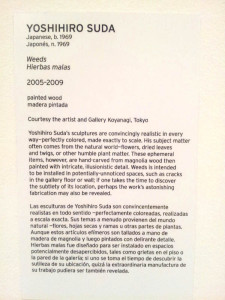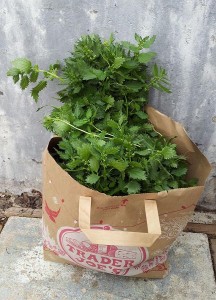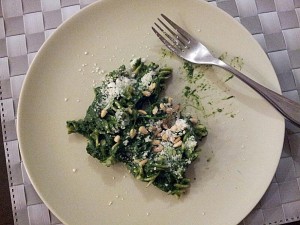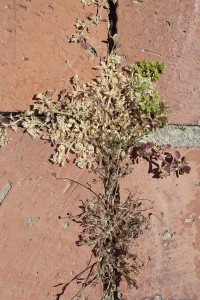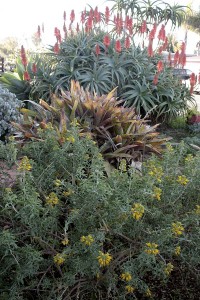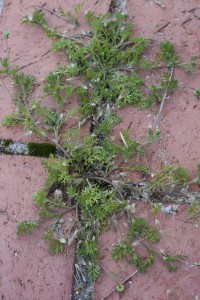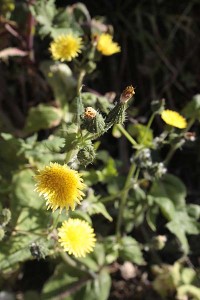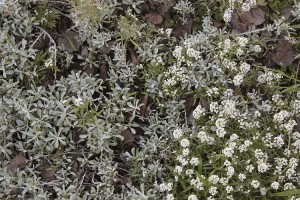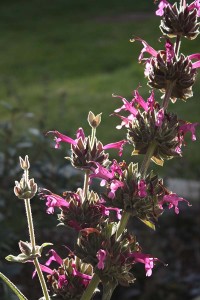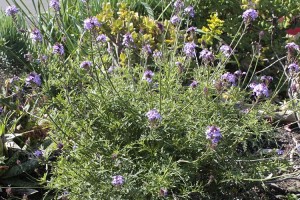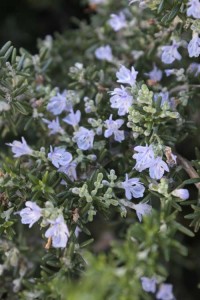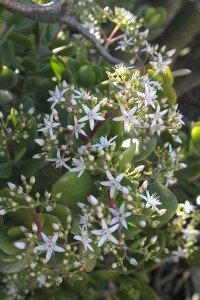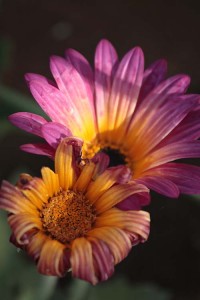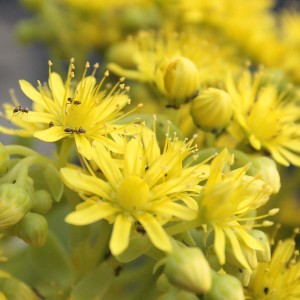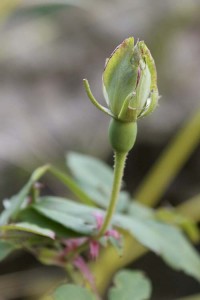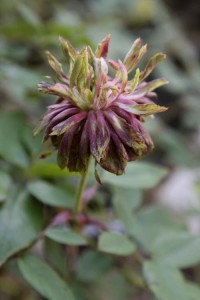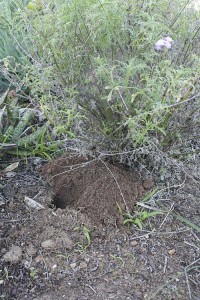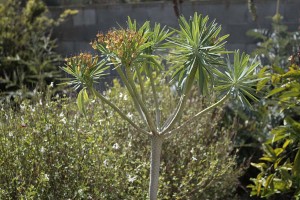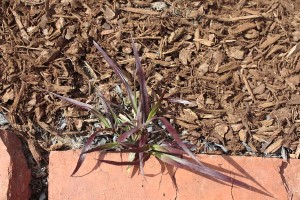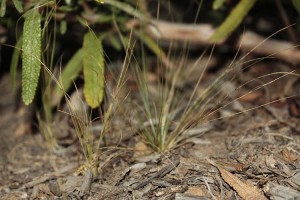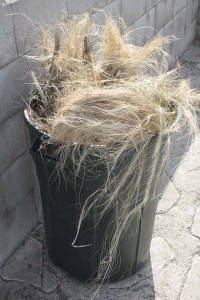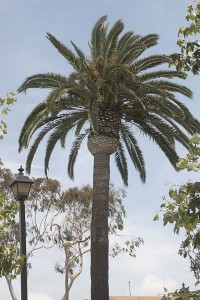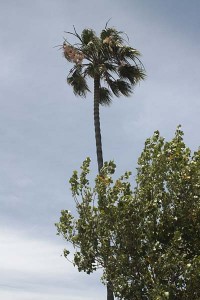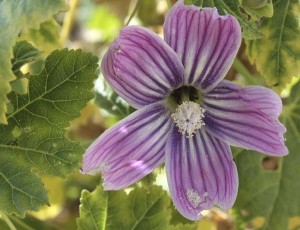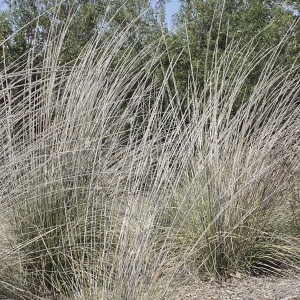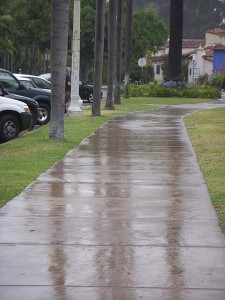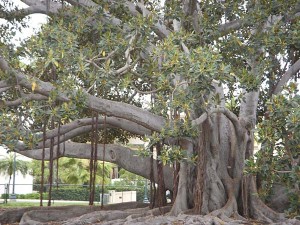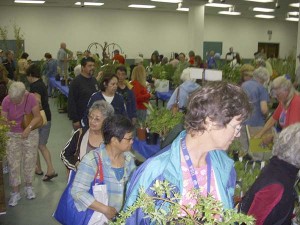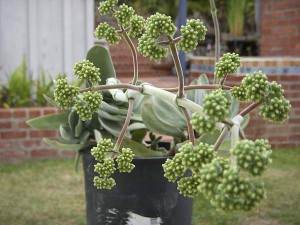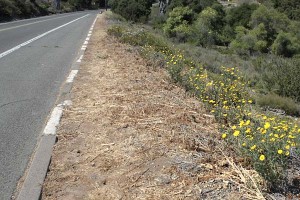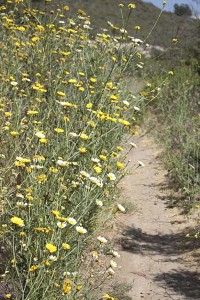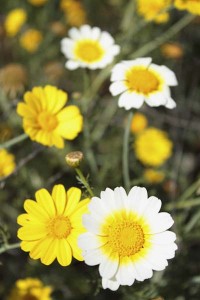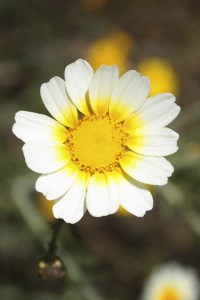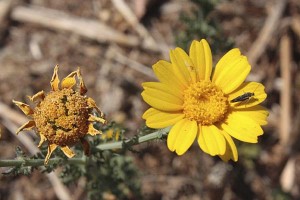There’s a prominent Northern California nursery* that advertises on its website that a variety will self-sow and naturalize. Or in its peppy, enthusiastic way: “Reseeds!” One of the plants so listed has a followup note: “Due to agricultural restrictions, we cannot ship this plant to Arkansas, New Jersey, New York, Oklahoma, South Carolina, and Texas.”
Read between the lines: This plant, under the right conditions, might just run wild, out of control, and take over your garden or an ecosystem! (Not all plant restrictions are based on their invasive potential, however. For instance, some might be controlled because of known pests or diseases the species may harbor.)
Over the years I’ve added interesting plants to the garden, only to have them sow and propagate themselves all over the garden. For most of these, I don’t worry huge amounts that they’ll escape to the nearby wilds because they’re wimps when not pampered in a garden, but with regular watering they’re aggressive thugs. Pretty thugs, to be sure. But still thugs.
Here are a few of my mistakes. Some are merely annoying. Others require multiple hours of labor every year to keep under control. Colder areas might not have the same problems with these that I do, but I’m sure you have your own monsters. (My apologies in advance to the fine nation of Mexico. I just noticed that four of my selections have “Mexican” in their common names…)

Mexican petunia (Ruellia brittoniana). Pretty, tough. Also pretty tough to eradicate in my garden once it got a foothold. I should have paid attention when the guy at the plant sale warned me that it might spread. According to Floridata, “Mexican petunia is listed as a Category I invasive species by the Florida Exotic Pest Plant Council. This means that it is ‘altering native plant communities by displacing native species, changing community structures or ecological functions, or hybridizing with natives.’ This warning applies to all parts of the state of Florida (and other areas with similar mild climates). Where hardy, the Mexican petunia excels at invading wetlands.” It also can be a nuisance in a dry garden like mine where it spreads underground and via exploding seed pods.
Mexican fan palm (Washingtonia robusta). Maybe it’s a uniquely California thing: You go out to the garden to pull weeds, and along with the crabgrass and spurge, you end up pulling up little palm trees. Folks in colder climes might be thrilled to have some of these, but here they’re a nuisance. Our Mexican fan came with the house, and it took us a few years to finally remove it. All that time we were yanking baby palms all over the front yard, and the seedbank remained viable for several years afterward.

Mexican feather grass (Nassella tenuissima). I’ve dinged this plant several times before. I won’t add anything more here other than to note that I’ve probably pulled up a hundred seedlings this season. At least this is down from the orgy of seedlings that I had when there was a harem of adult plants in the garden that apparently had nothing on their mind except sex and reproduction.
Mexican evening primrose (Oenothera species, I think it was O. speciosa). I was on vacation at the Grand Canyon in 1991. Innocently I bought a packet of seeds of these that were sold as a “wildflower.” I was thrilled when they came up the first year and I had a gregarious patch of delicate bright pink flowers where there’d been a patch of dirt previously. Little did I know they’d resow and spread by underground runners and continue to annoy me to this day. Wild flower, indeed.
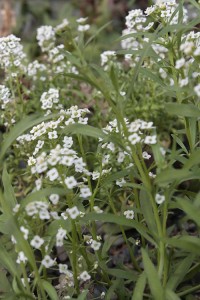
Sweet alyssum (Lobularia maritima). Don’t let the “sweet” in its common name fool you. I continue to weed alyssum seedlings popping up around the garden from a single packet of mixed colors I planted in the late 1980s.
Fortnight lily (Dietes iridioides). A few clumps of these came with the house. The tough, hard seeds lay dormant in the ground for years and plague you with unwanted seedlings long after you’ve removed their source.

Calla lily (Zantedeschia aethiopica). I’ll have to admit that I have a soft spot for these plants and don’t pull them out the same way I pull out other unwelcome plants. My parent’s house came with a fifty-foot foundation planting of them on the north side of their house. The way the plant can spread, however, now makes me think the previous owners might have started with just a half dozen plants. Feral callas are plants of concern in some California wetlands. A couple well-watered garden spots seem to generate calla lilies out of thin air.

Epazote (Dysphania ambrosioides). I won’t quite call planting this Mexican herb a mistake, since I use occasionally in cooking. It does spread about the garden a bit, however, and pops up in unexpected places. There are reports [ including this one ] that it’s colonized parts of New York’s Central Park–though that’s not my doing. I popped over to Wikipedia and learned this pretty interesting detail I’d never heard before: “Epazote essential oil contains ascaridole…; in pure form, it is an explosive sensitive to shock.” Botanical TNT–Wild!
To my mistakes, I’ll add some native California annuals and perennials that have been really successful in reproducing themselves in my garden. Currently, my plants are wandering around an area where they’re desired and haven’t escaped far. I won’t call them mistakes at this point, but I can see that they could become unwelcome in some situations.


California poppies (Escholzia californica). What? Our sacred state flower?! Well, there are some unwelcome escaped colonies in Chile and Australia. And the seeds regularly find their way into cracks in the pavement.
Baby blue eyes (Nemophila menziesii). Not really what I’d call a thug, though these seem to be pretty successful at reproducing themselves. It’s easy to pull out the occasional unwanted plants, but who’d want to?

Clarkia (Clarkia spp.). I haven’t grown many clarkia species, but the one that seems to wander around the most for me is C. rubicunda ssp. blasdalei.
*There’s a good chance you’ll have guessed the identity of this well-known nursery if you’ve spent any time at its website. I don’t mean to diss them at all. You can get potentially rambunctious plants from virtually all nurseries, including those dedicated to native plants.



